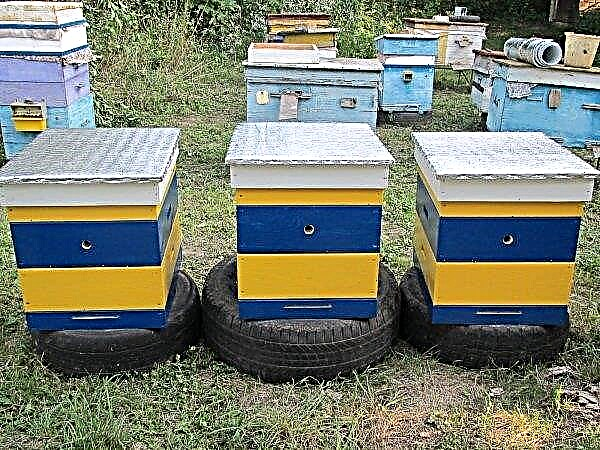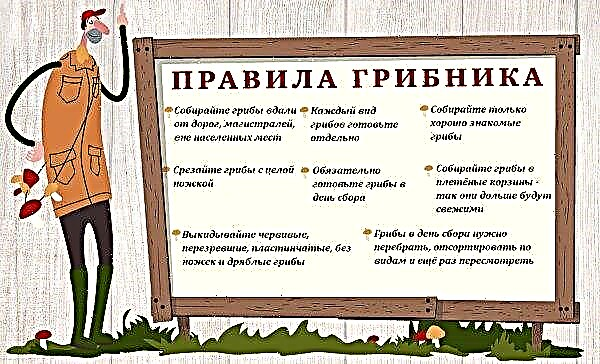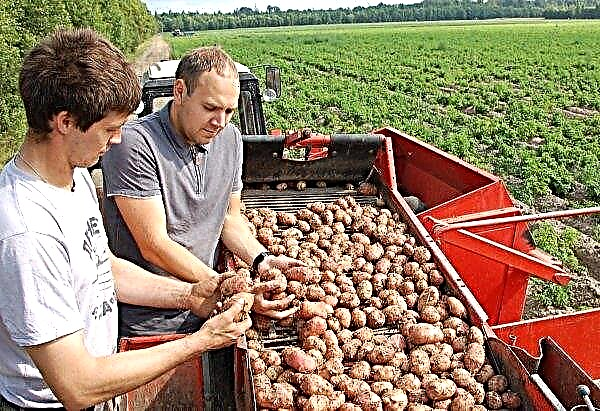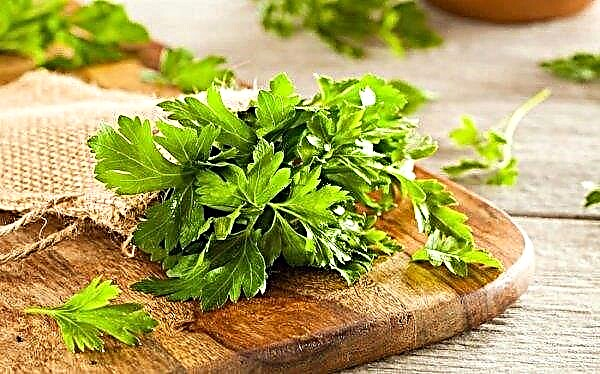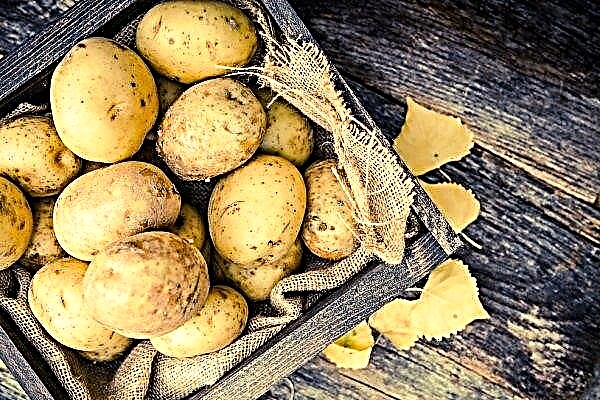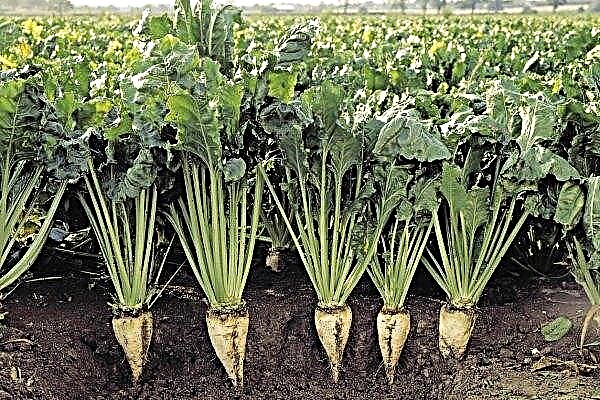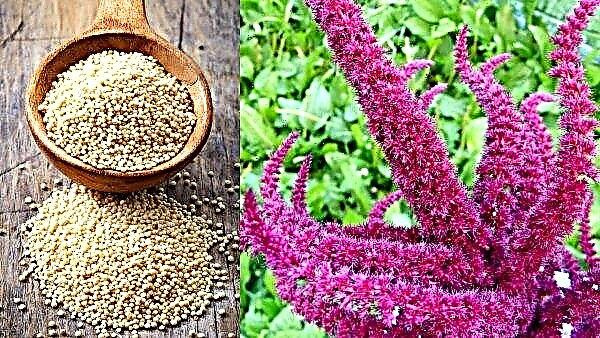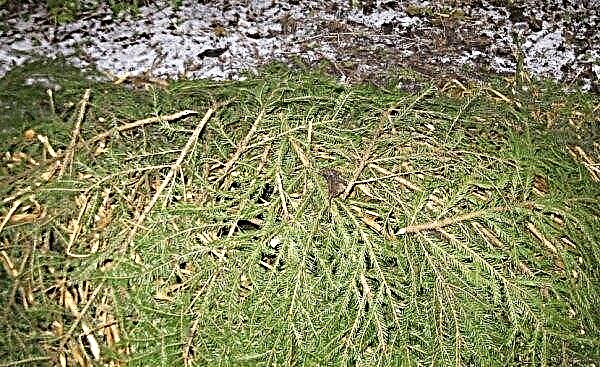Balsam fir will perfectly decorate any part of the garden, cottage or house territory. The plant is common in many countries of the world, because it does not require special care. In addition, this version of conifer will fit perfectly into any design.
General Description of Balsam Fir
This conifer comes from the Pine family, which tolerates severe frosts. Balsam fir grows slowly, but you can accelerate this process with the help of special fertilizing.
Description and features of balsamic fir:
- The height of the tree reaches 23–35 m.
- The branches are so long and wide that they reach the ground and can take root.
- The bark of fir has a smooth structure of light brown color.
- The length of the needles is from 15 to 25 mm. The endings are dull with a small notch.
- Needles grow up and change every 4–7 years.
- The cones of the plant have an oval-cylindrical shape and a purple hue, which begins to change with development.
- Unlike other conifers, in fir cones grow strictly up.
- The external root system is characteristic.
- The age of the tree can reach up to 200 years.
Important! Balsamic fir resin is so fragrant that it is often used for medicinal purposes. From it you can get turpentine and rosin.
In landscape design
Balsam fir belongs to the decorative appearance of conifers, which makes it a great option for use in landscape design. The plant looks spectacular and attractive not only along the alleys, but also as a hedge. Due to its qualities, such trees can be planted in batches and alone.
Fir, being near the house, is of great benefit, as it purifies the air and destroys various bacteria. Unlike other coniferous species of spruce, it is more magnificent. The cultivation process is not difficult, so even the most inexperienced gardener will cope. Also, the plant goes well with other trees, larch, shrubs.
Popular varieties
In nature, there are about 20 varieties of balsamic fir. The most common are dwarf plants, which grow only 1.5 m in height. Over time, the color of the needles can even change, acquiring a bluish tint.
Did you know? Fir have male and female flowers. Men’s look like cones earrings, and women’s — cylindrical or oval cones that grow perpendicular up.
Kiwi
Kiwi fir grows slowly and grows to only 50 cm in height. The crown has a rounded shape, and the needles are dark green in color. Young branches differ from others in their bluish color. Perfectly suitable for cultivation in gardens, plantings with stones, as well as in pots and crates.
Nana
This coniferous plant grows only up to 1 m. The crown has a spherical rounded shape, a diameter of up to 2 m. The branches are massive and look upright. The needles are short and thick, the color is dark green, and white-blue stripes are observed at the ends. It takes more than 1 year to grow a large tree. However, the variety does not require special care, so it will not bring problems and trouble to its owner.
Piccolo
Piccolo is a decorative variety whose height reaches a maximum of 50 cm. The color of the crown is dark green only in an adult plant, and in a young one there is a light green hue. Mainly grown in containers. Due to its small size, it is ideal for use in landscape design.

Tyler blue
Tyler Bleu balsam fir has a pyramidal shape, the crown is dense, and the needles are blue. It grows slowly, but from an early age densely bumps. In 10 years, it grows to only 1 m, and an adult plant can reach 5-6 m in height and about 2 m in width.

Diamond
Fir Diamond does not grow, the maximum height is only 50 cm. The crown is spherical, sometimes it is flat in shape. A plant needs a shadow so that it can fully develop. The tree smells nice, the needles are short, but soft and pleasant to the touch.
Breeding methods
New plants are grown from seeds and cuttings. Propagating fir through seeds is difficult, but real, if you follow simple rules:
- Get the seeds from the cone, which grows on the very top of the fir.
- To create a greenhouse effect for the seeds and bury it for 2-3 cm. After that, stretch the film so that a crust does not form.
- When the seeds sprout, the earth around the stems is watered and loosened.

The most common method of propagation of fir is considered to be cuttings:
- for planting take annual processes;
- scions are cut in the spring on a sunny day, 8 cm in length;
- processes are planted in a container with a mixture of sand, earth and peat, deepened into the base and wrapped;
- seedlings should be placed in the light, and in the summer carried out into the air;
- in winter, containers are transferred to the cellar;
- after a year, the cuttings should take root.

Landing
In order for the balsam fir to begin and grow actively, you need to plant it correctly. Typically, work is carried out in spring and autumn, and also choose a shaded place. Before planting, it is necessary to qualitatively prepare the soil.
Important! A tree does not like dry air and a lot of pollution, so it will not grow on highways.
Preparation of soil and seedling
The seedling of the plant is chosen with good winter hardiness, without defects and signs of disease, so that it does not die in the first year. That is why it is worth consulting with a specialist and choosing the perfect variety for your area. Be sure to inspect the ground in containers so that it is moist and clean.
A place for a young seedling is of great importance. It should be in the shade and be protected from drafts. You must pre-select and plan the composition to get the desired result.

Step-by-step instruction
All species and varieties of fir are preferably planted on moist, fertile soils. It will be useful if the earth passes moisture, so before planting it needs to be dug up.
Landing process:
- A day for work to choose a warm and cloudy, you can even rain.
- The place is better prepared in advance. The depth of the pits is 60–80 cm and the width is 60 cm, and the distance between them is 4 m.
- Pit well with water.
- Put a layer of drainage at the bottom so that the water does not stagnate at the roots.
- Cover half of the pit with a soil composition, consisting of humus, sand and clay, as well as compost and sawdust.
- After a week, you can start landing.

Proper care
Balsamic fir is resistant to frost, but sometimes it happens that too low temperatures lead to frostbite of the plant trunk. To prevent this, it is better to cover young seedlings with pine branches. In order to avoid problems, the plant must be properly looked after and follow the recommendations.
Did you know? Fir branches are used to make brooms for a bath, because they have a pleasant aroma and do not prick.
Watering and fertilizer
Trees should be systematically watered because the plant loves moisture. In dry weather, watering is carried out at least 1 time per week. For 1 conifer, you need 15 liters of water.
In order for the tree to begin to grow actively, fertilizer must be introduced. You can use manure, potash additives, wood ash. However, such a procedure is done 2 times a year, starting from 2-3 years of his life.

Loosening and mulching
Caring for a tree requires constant cultivation and mulching of the earth around the seedling to a depth of 10-12 cm. Also, weeds should be disposed of. It is recommended that young plants add a layer of dry mulch to the trunk circle to maintain soil moisture. Specialists use sawdust and tree bark as a coating. Be sure to watch so as not to fall asleep the root neck of the tree.
Pruning
Fir does not like to be trimmed or transplanted, but such procedures should be carried out as a preventive measure. Garden shears remove damaged and dry branches. The tree has a peerless crown by nature, which does not require additional formation, but if necessary, the shoots are cut by a third.
Winter preparations
Prepare fir for winter before the cold weather begins. To do this, you should whitewash the trunks with lime and copper sulfate, as well as cover them with roofing material. The roots of young plants are covered with branches.
Despite the fact that balsam fir is a hardy plant and resistant to many factors, it can still be adversely affected. However, subject to all the rules of care, balsamic fir will adorn flower beds and other areas.

